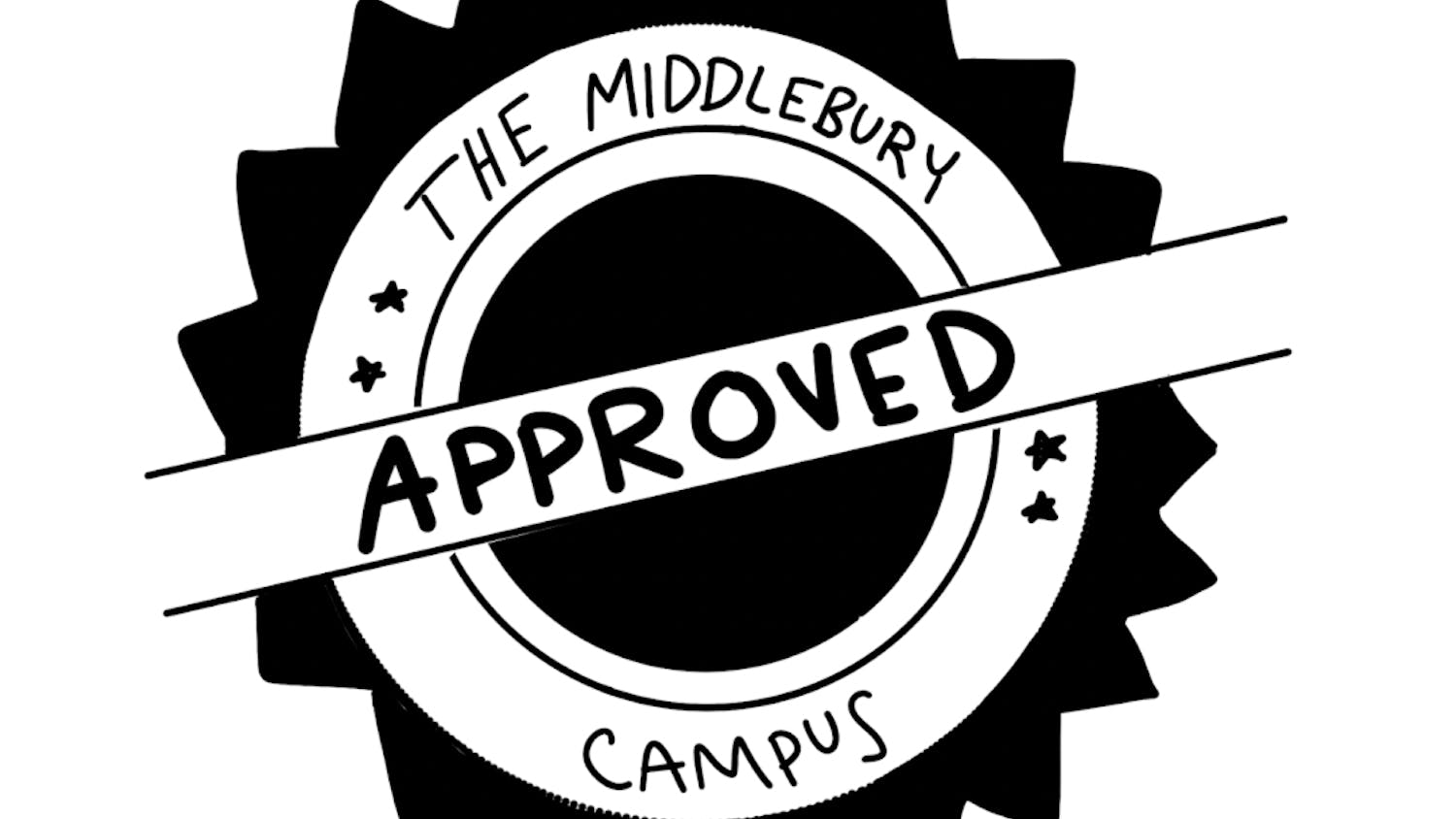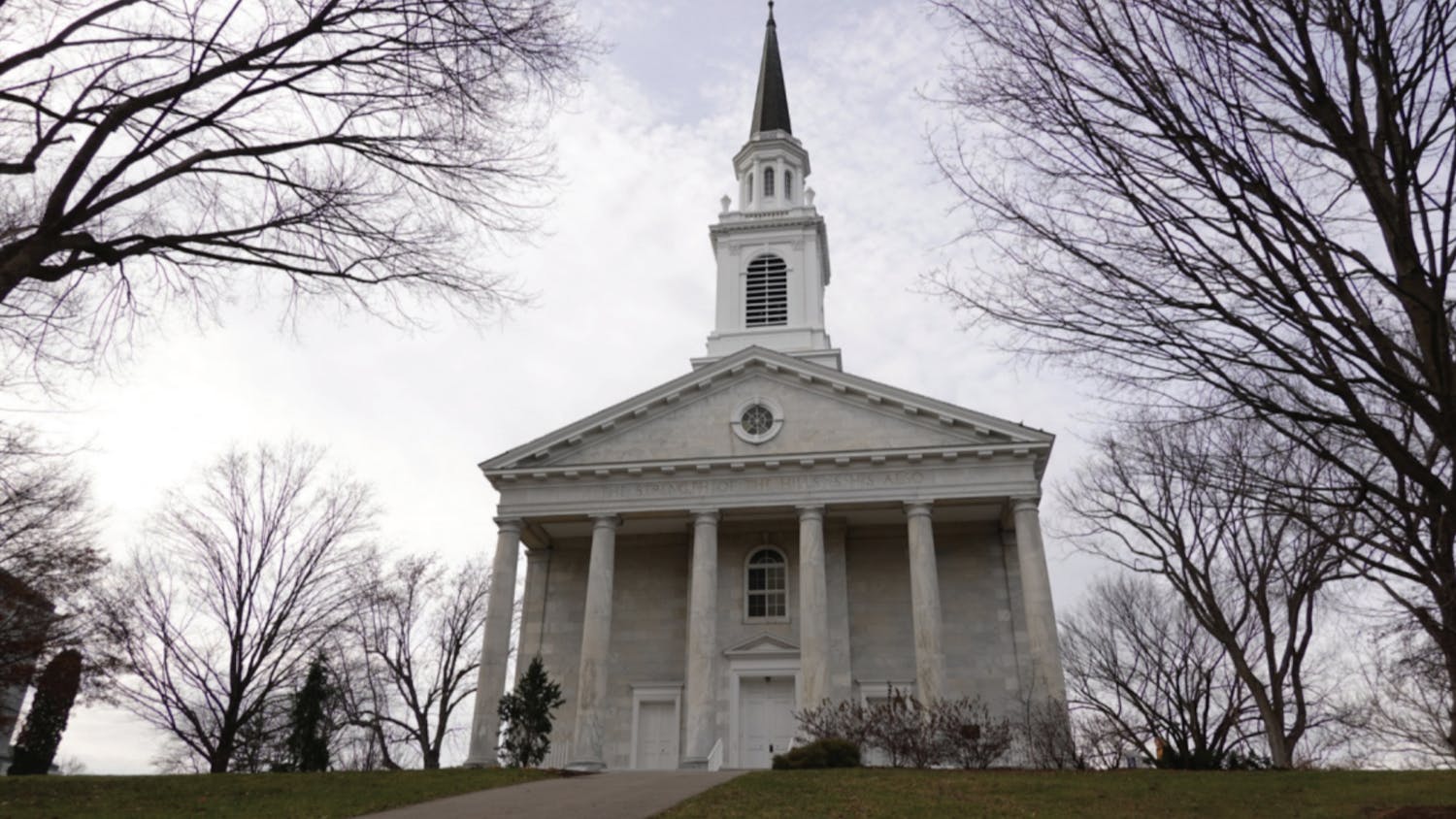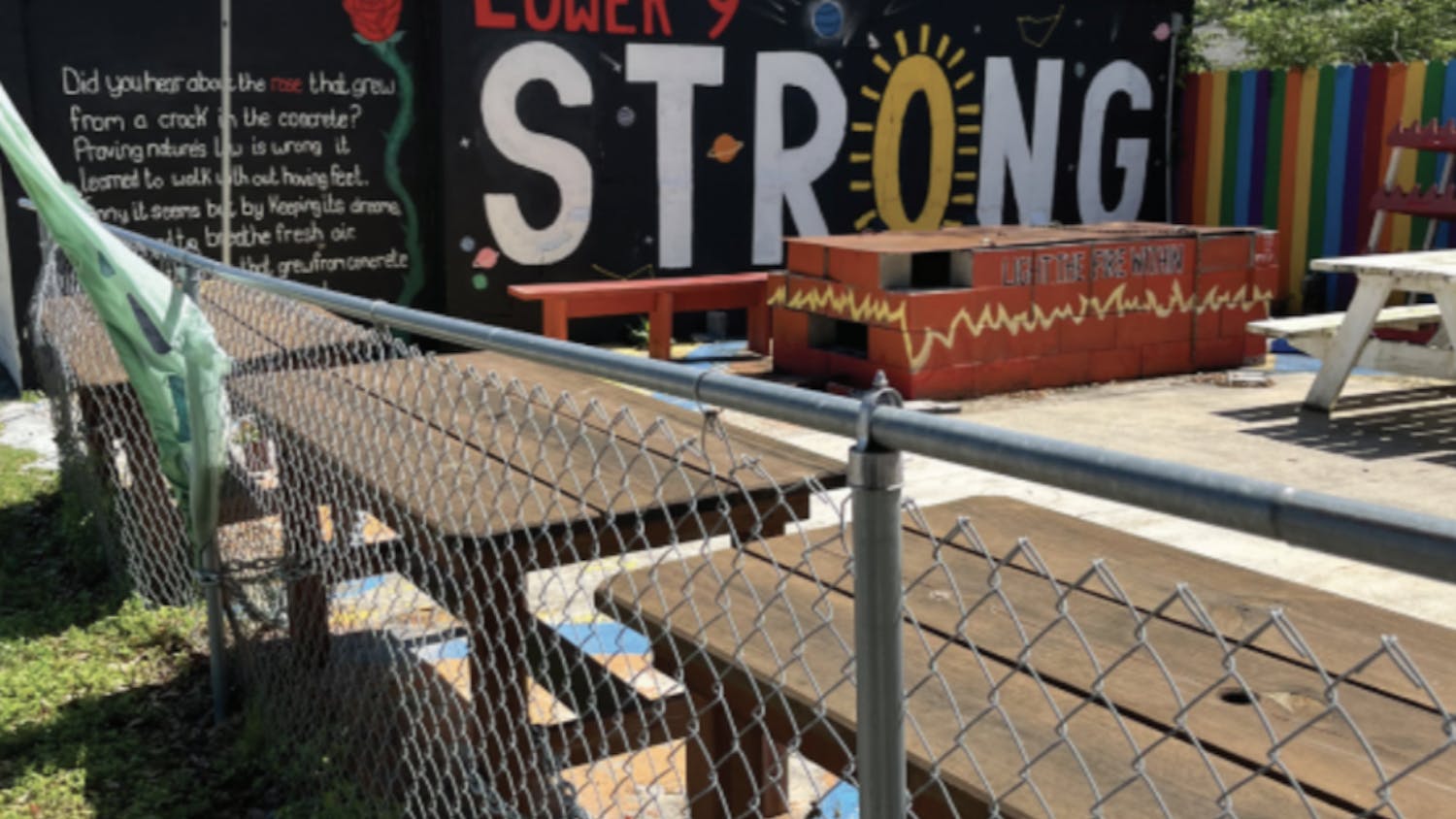“What would America be like if we loved black people as much as we love black culture?”
Amandla Stenberg, teen actress and pop prophet, asked exactly that in a videopublished on Tumblr nine months ago. She wasn’t the first, but she fanned the question’s popularity. Since then it has blazed through corn rows of online activism, adding to the fire of voices chanting “hands up” and “black lives matter.” Her argument is simple: it’s “in” to adopt black culture. Hairstyles, ebonics, twerking and white rappers who aren’t from families of gravestones and bullets are all living proof of the “phenomenon.” In her words, “when a style leads to racist generalizations or stereotypes where it originates, but is deemed high fashion or funny when the privileged take it for themselves,” it qualifies as “appropriation.” She does a great job of indicting current pop culture in that crime.
But what Stenberg doesn’t include is context.
In the first article of this column, I defined “poverty” as “socially and culturally imposed disadvantage.” You can be privileged in some ways and impoverished in others. Under this definition, black people are racially impoverished in our society, which is why the appropriation discussed by Stenberg qualifies as the theft of impoverished culture by privileged culture. It’s one incarnation of it, another brick in that wall.
Black culture appropriation is a form of poor culture appropriation.
If we think of it like that, the issue looms throughout our history. Poor culture has always been appreciated, while poor people have not. Country music has diffused from the rural poor to honky-tonk teenage romantic melodrama, appropriated by Nashville for mass consumption while the people who invented it — the rural poor — are ridiculed as “rednecks.” So too is the case with punk. It’s a style of music that permeates through all of alternative, but its latter-day saints rarely reference the dark British underground of the Sex Pistols and the Clash while they’re sipping mojitos in mansions. Other instances of black culture appropriation have also happened, in very different times and circumstances, akin to what Stenberg rails against. Jazz and blues sweated from the pores of mid-century urban lounges and rock n’ roll beat out of basements and garages. They were voices from the cavern of poverty. Yet both were gentrified, distributed and tied to suburban radio and fancy stages while the original artists were left to wallow in sharecropper fields and bars.
All of these are classic examples of the appropriation of poor culture beyond just today, but the history includes more than just music. In the twenties, Bakerfix hair paste and African-inspired fashion were the rage, as recounted by Petrine Archer Straw, illustrating the gentrification of stuff that accompanied jazz and blues. Their appropriation lies in the same vein as pop culture today’s passion for formerly black hairstyles and ebonics. Even twerking has a historical parallel: the charleston. It started on black Broadway, but definitely didn’t stay there. Appropriation of non-music is also reflected in country and punk’s histories. How else to explain the popularity of overalls in honky-tonk teenage romantic melodrama, or Ramones shirts worn by people who don’t have any clue who the Ramones even are?
Black culture appropriation is an avatar of historical context. Rich people like to steal from poor people. Hairstyles, ebonics, twerkings and white rappers are just the latest manifestations. For that reason, maybe we should amend Amandla Stenberg’s question. Maybe we should ask something more broad and less isolated to the present. A question that’s more historically legitimate; a question that’s more inclusively fair:
What would America be like if we loved poor people as much as we love poor culture?
Poor Appropriation
Comments



